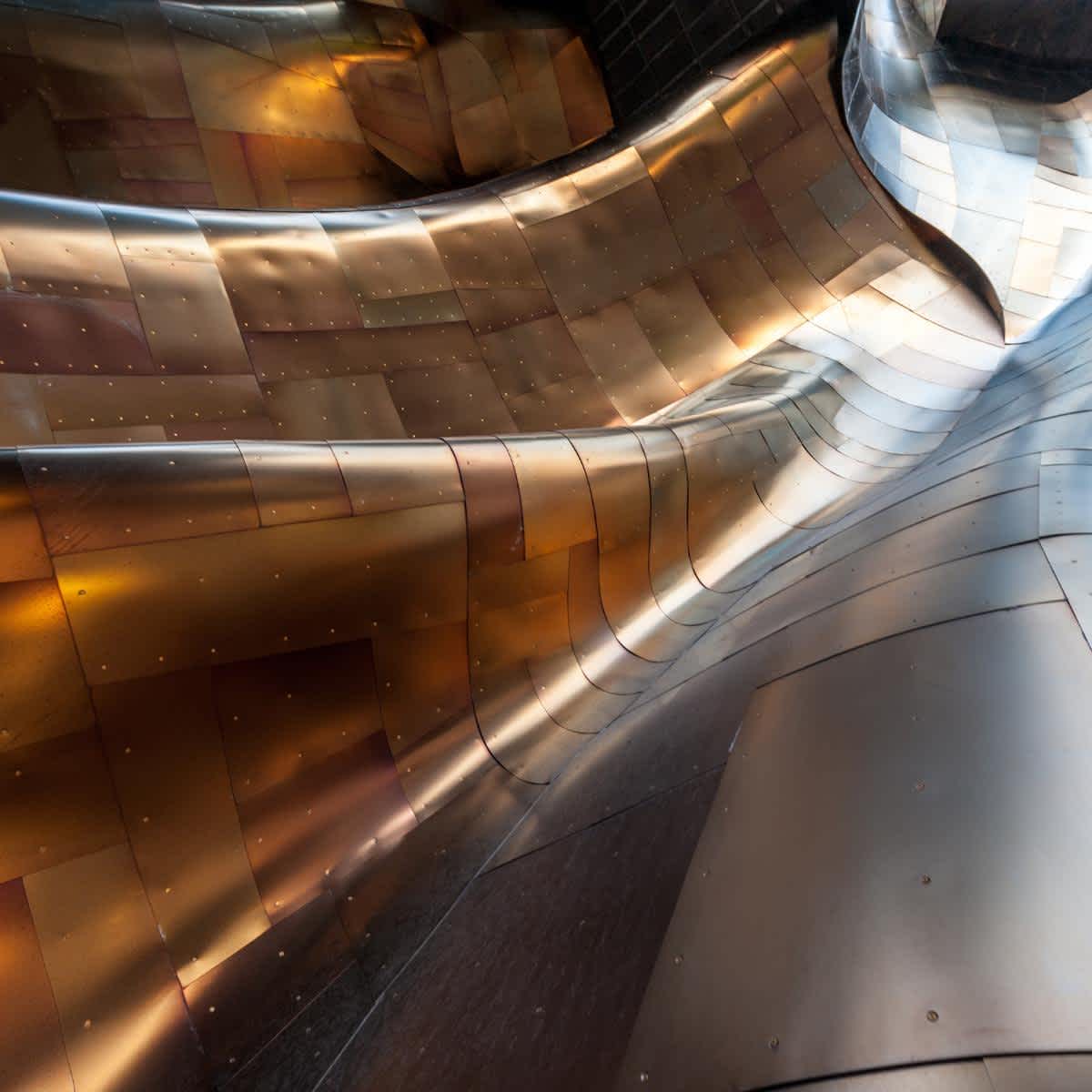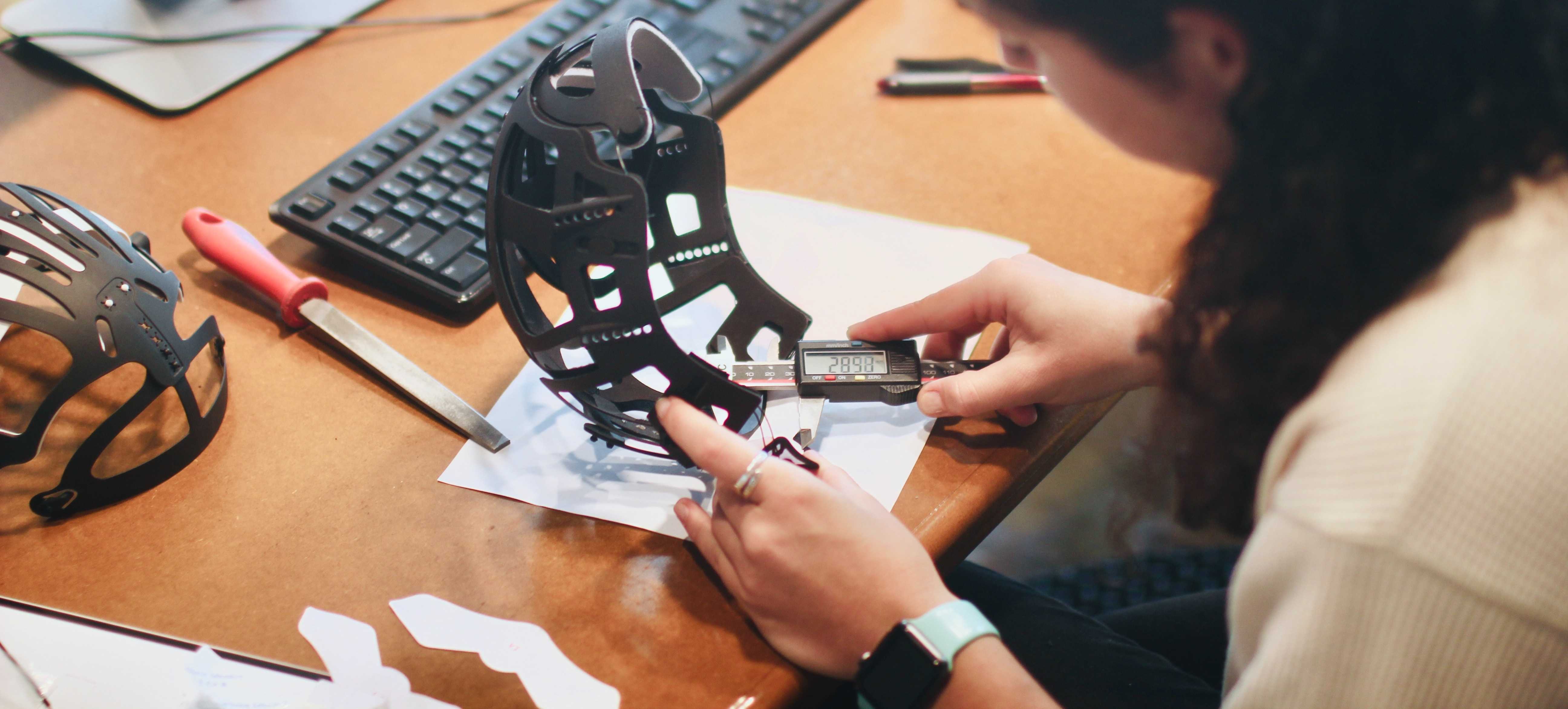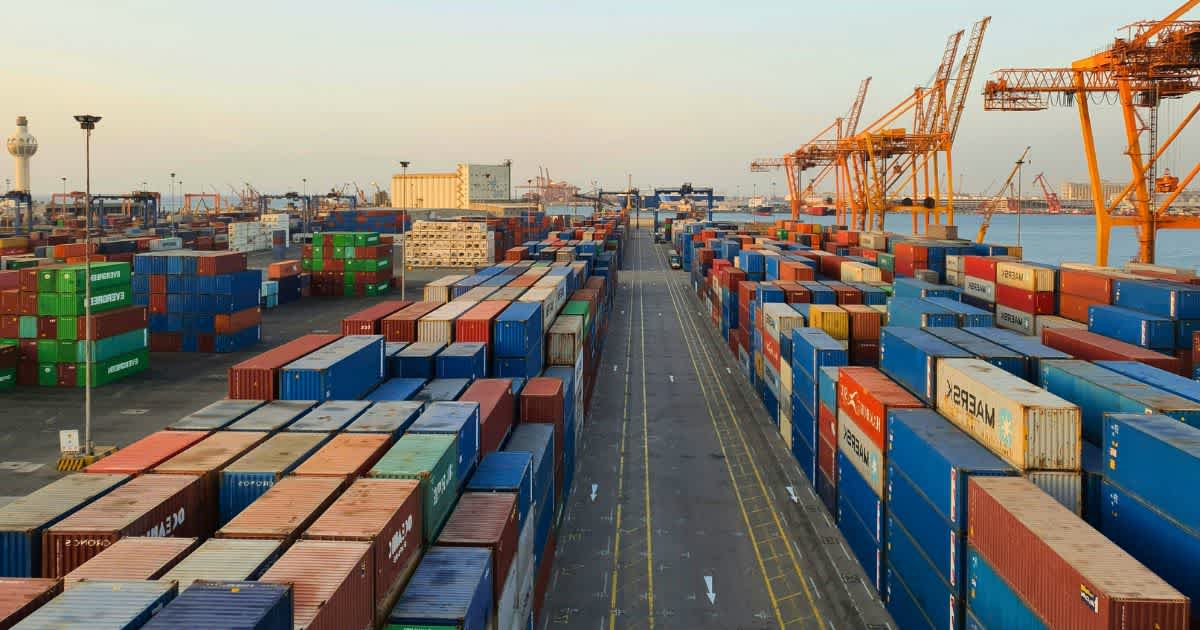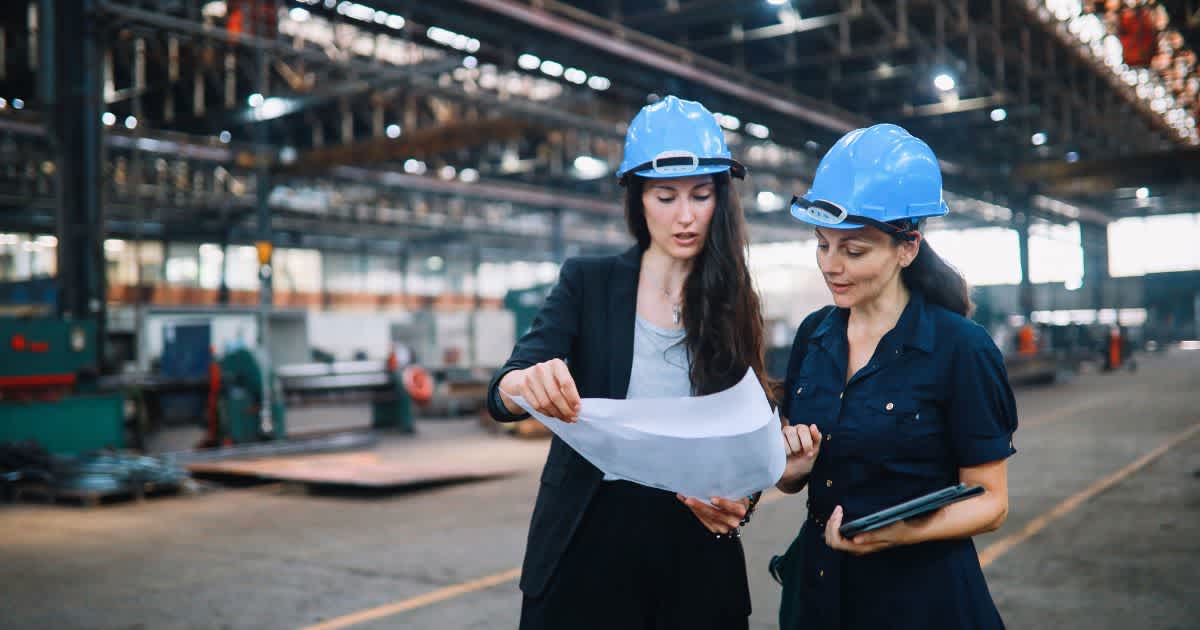Table of Contents
- 1. manufacturing processes: bending as a central forming process
- 2. manufacturing processes: via CNC manufacturing to high-precision components
- 3. manufacturing processes: die casting as a widespread primary moulding process
- 4. manufacturing processes: laser cutting for low material losses
- 5. manufacturing processes: plasma cutting for particularly conductive metals
- 6. manufacturing processes: via waterjet cutting to high cutting quality
- 7. manufacturing processes: welding for strong metal connections
- 8. manufacturing processes: punching sheet metal into the desired shape
- 9. manufacturing processes: Casting of complex and large components
- How to choose the right manufacturing process for metal
- Line up for efficient metal production processes
Modern manufacturing processes for metal
Reading Time: 7 min.

From the automotive industry to construction and plant engineering, aerospace to electronics and medical technology: metal manufacturing processes are used in numerous industries. We provide an overview and reveal how to choose the optimum manufacturing process.
1. manufacturing processes: bending as a central forming process
Bending is a central forming process in which flat sheet metal is bent along a straight line using mechanical force. Angles or U-shapes can be produced in this way. The sheet metal is positioned in a press brake between an upper (punch) and a lower tool (die) and bent by the pressure of the punch. The machines used for bending can be hydraulically, mechanically or electrically operated and vary depending on the desired bending radius and material thickness. However, modern press brakes are usually CNC-controlled, which enables high precision and repeat accuracy. Typical products that are manufactured by bending are housings, panelling, beams and structural parts.
2. manufacturing processes: via CNC manufacturing to high-precision components
CNC (Computerised Numerical Control) manufacturing is a key technology in modern production engineering in which computer programs receive precise instructions for cutting metals.
This makes it possible to create complex shapes and designs with high accuracy and repeatability. This in turn increases productivity, improves quality and reduces human error.
A further advantage is that the automated manufacturing process means that lathes, milling and drilling machines can produce large quantities in a short space of time, which increases efficiency and cost-effectiveness.
3. manufacturing processes: die casting as a widespread primary moulding process
In die casting, liquid metal is injected into a mould under high pressure to produce complex and precise components. As the manufacturing process enables high dimensional accuracy and good surface quality, it is particularly suitable for the series production of metals.
As die casting requires good flow properties and relatively low melting points, metals such as aluminium, magnesium and zinc are typically processed. The main advantages in manufacturing lie in the high production speed and repeat accuracy. Added to this is the ability to produce thin-walled parts with complex geometries.
4. manufacturing processes: laser cutting for low material losses
Laser cutting is a highly precise and versatile cutting process in which a focussed laser beam is used to cut metal. By heating, melting or vaporising the material locally, complex shapes and fine details can be created with high precision and low material loss.
Laser cutting machines usually work with CNC control, which ensures high accuracy and repeatability. It is possible to process both flat sheets and three-dimensional workpieces.
The main advantages of laser cutting are the high cutting speed, the clean cutting edges and the ability to produce very fine and complex geometries. The manufacturing process also enables metals to be processed efficiently and cost-effectively, making it ideal for prototype production and large series production.
5. manufacturing processes: plasma cutting for particularly conductive metals
In plasma cutting, conductive gas is used as a plasma to cut metals into the desired shape. In the first step, an electric arc is directed through a nozzle onto the material to be cut. The material is heated locally, melted and blown away by the gas flow.
The metal production process offers numerous advantages such as short set-up times, high cutting speeds and the ability to make precise and clean cuts even with thick materials. Compared to other thermal cutting processes, thermal deformation is also low.
Plasma cutting is particularly suitable for conductive materials such as steel, stainless steel, aluminium and copper and for the production of structural components, piping and machine components.
6. manufacturing processes: via waterjet cutting to high cutting quality
When a high-pressure water jet, which is often mixed with abrasive particles, is used to cut metals, this is known as waterjet cutting.
The waterjet cutting machines used typically work with CNC controls to ensure high precision and repeatability. This enables them to cut complex shapes and fine details with a high degree of accuracy without deforming or altering the material.
The main advantages of waterjet cutting therefore lie in the high cutting quality without burr formation and the fact that no thermal influences occur. It is possible to cut a variety of metals that are typically used to produce precision components, decorative elements and customised parts.
7. manufacturing processes: welding for strong metal connections
Metal welding is an essential manufacturing process that is used to create a permanent connection using heat and pressure. Various welding processes are used, such as arc welding (e.g. MIG, TIG), gas welding, resistance welding or laser welding, each of which is suitable for different materials and applications.
The main advantage of welding is the ability to produce strong, precise and versatile connections. Modern welding techniques enable precise and clean connections, even with complex geometries. Welding processes can also be automated to achieve high production rates.
Clearly, despite challenges such as the need for quality assurance, the risk of material distortion and the high safety requirements, welding remains an indispensable process in modern metalworking due to its efficiency and the strength of the joints produced.
8. manufacturing processes: punching sheet metal into the desired shape
In punching, flat pieces of sheet metal are brought into the desired shape by cutting, moulding or embossing. The manufacturing process is mainly carried out using punching machines, which process the metal using special tools and dies. The main advantages of punching lie in its efficiency and cost-effectiveness, especially for large quantities with consistent quality and high precision. Punching also enables the production of complex shapes with tight tolerances. However, the tools require regular maintenance and the punching waste can lead to increased material wastage.
9. manufacturing processes: Casting of complex and large components
In order to obtain the desired shape, liquid metal is poured into a mould where it cools and solidifies. Casting includes various processes such as sand casting, permanent mould casting and die casting, each of which is suitable for different materials and applications.
The main advantages lie in the ability to produce large and complex components with a high degree of design freedom in a cost-efficient manner. And although post-processing to improve surface quality and quality control to avoid casting defects are necessary, casting remains an indispensable manufacturing process for metal.

How to choose the right manufacturing process for metal
Metal processing is a complex process that is influenced by various factors. In order to manufacture high-quality and economical products, the following aspects are therefore important when selecting the manufacturing process.
Material properties
Material properties such as strength, hardness and formability determine how well the material can withstand the mechanical requirements. The melting point also influences the choice of suitable moulding and joining processes.
Accuracy and tolerances
Precision is essential in order to achieve the required dimensions and surface qualities. The appropriate manufacturing processes must therefore be able to maintain tight tolerances and produce identical parts in series. This ensures the quality and functionality of the end products.
Economic efficiency
Efficiency and cost control are crucial for competitiveness. The costs incurred in the selected manufacturing process must be in proportion to the end product and ensure efficient material utilisation and fast production times.
Technological aspects
Choosing the right machines and tools and precisely controlling the process parameters are crucial for the quality and efficiency of production. And if the chosen manufacturing processes for metals can be automated, efficiency is increased and human error reduced, leading to more consistent results.
Sustainability and environmental compatibility
Sustainability is also playing an increasingly important role, with energy-saving processes and effective waste management taking centre stage. In addition, the use of environmentally friendly and recyclable metals helps to minimise environmental impact and increase resource efficiency.
Line up for efficient metal production processes
Metal parts are characterised by their outstanding properties, including high strength and hardness, excellent thermal and electrical conductivity, ductility and malleability.
Whether you are looking for precision through modern manufacturing techniques, aesthetics and design, versatility or durability through special coatings - we are the right partner for you. You can realise your products using various metal manufacturing processes.
Do not hesitate to contact us at any time.
Newsletter Registration
Sign up now for our free Line Up newsletter and stay up to date.





